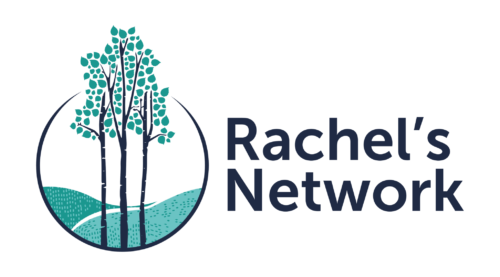For me, beauty is not optional; it is a source of hope and inspiration. Through my work as a child therapist for 25 years, and an environmental educator for eight, I have come to believe that beauty and nature have healing qualities.
I recently left my job as a naturalist and environmental educator in order to teach environmental education in underserved neighborhoods in Milwaukee. I did this because I know that soon, the next generation of children will be making the personal and public policy decisions that will profoundly affect the planet. This generation of children has had the least exposure to nature of any generation in human history. Many inner-city neighborhoods lack safe, attractive outdoor spaces for wandering, experimenting, building, observing, and exploring. Without a positive personal relationship to the land as children, they will not be compelled to preserve it as adults.
It came as a surprise to me, at first, to discover that nature is not always greeted with enthusiasm by urban children—in some cases, it is met with distrust or even abhorrence. In order to mend this disjointed relationship between urban children and the natural world, I designed five pilot programs for elementary school-aged students that combine environmental education with art. With funds I received from a foundation that supports the arts and by collaboration with an urban gardening program called Alice’s Garden, I created the Creative Grounds program that is designed to reach 150 students over the course of six months.
For the program activities, I selected features of nature that I knew students could find in their neighborhood. I set up observation challenges such as counting nests on their way home, and making bird feeders and recording what birds came to eat.
Initially, children responded with suspicion as I introduced new experiences, groaning when I bit into celery, screaming when worms were first revealed, and being truly terrified that a stuffed crow could come alive. Progressively, their curiosity grew and their fear diminished. Children began to stop me to report bird sightings, wondered when they could taste sprouts again, and drew more and more detailed drawings. For a short time they were able to participate in their world without violence, distrust, or fear. Over the course of the program we became buddies in a kinder world.
These projects gave me deeper, firsthand insight into the domain that urban environmental education and art programming needs to cover. I believe environmental educators need to meet this young urban population in their world and begin conversations on how both the destructive and creative components of human activity affect the ecosystem they live in. Whereas outside field trips to beautiful places are exciting, learning to value the grounds they walk every day has much more potential to make a difference.
My contacts at Rachel’s Network have given me the courage to go out on my own and express my voice on the importance of reaching every part of our society with environmental education. I would like to see how my experience and skills, and our strength as a network, could be used to broaden our reach and help national conservation organizations create programs that reach this critical but often invisible generation.
Naomi Cobb has been a member of Rachel’s Network since 2011. She has committed her career to advocating for the emotional and physical well-being of children and maintained a private practice as a child, adolescent, and family therapist for 20 years. She lives in Shorewood, Wisconsin.


